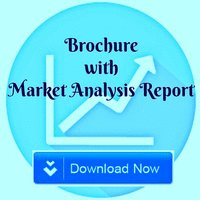Adriana Giongo
Institute of Petroleum and Natural Resources, Brazil
Title: Archaeal communities from deep-sea sediment in a chemosynthetic biotic community in the south western Atlantic Ocean
Biography
Biography: Adriana Giongo
Abstract
Cold seep areas are widespread around the world’s oceans, occurring at different latitudes and depths. Chemosynthesis often occurs in these areas, supporting biotic communities sustained by gases such as methane, generally at temperatures of ~2º - 4ºC. Such environments have been studied in the Northern Atlantic and Pacific Oceans; equivalent systems in the Southern Hemisphere have received little attention. We have previously documented a chemosynthetic benthic community in a cold seep pockmark site in the southwestern Atlantic Ocean using clone-based phylogenetic approaches. Here we assessed the archaeal communities from samples inside a pockmark, at the seafloor level and 1 m below the seafloor using high throughput DNA sequencing. After trimming off 16S rRNA sequences shorter than 100 bp and with low quality scores, a total of 510,321 sequences were used in the downstream analysis. The most abundant archaeal phylum was Euryarchaeota representing more than 31% and 34% of the total prokaryotic sequences at the seafloor and 1 m below the seafloor, respectively. From this phylum, OTUs from ANME-1, ANME-2c and ANME-2a-2b groups were the most abundant in these samples. The Marine Benthic Group B (MBGB) belonging to the phylum Crenarchaeota was also observed in abundance in samples, representing an average of 1.65% of the total sequences at the seafloor and 0.26% at 1 m below the seafloor. Our data brings the first report based on metabarcoding analyses on the archaeal diversity of southwestern Atlantic chemosynthetic zone. In some aspects they presented interesting similarities in relation to previous microbiodiversity reports from other oceanic regions, but also it brings new venues for the in-depth
comparative analysis of these communities, from ecological and evolutionary standpoints.

